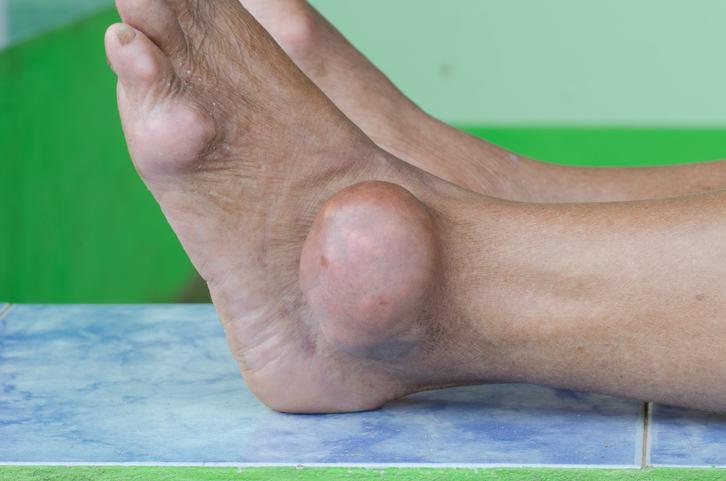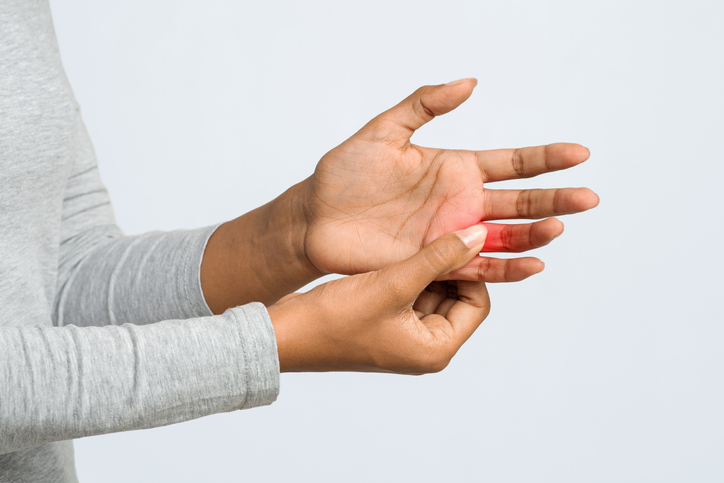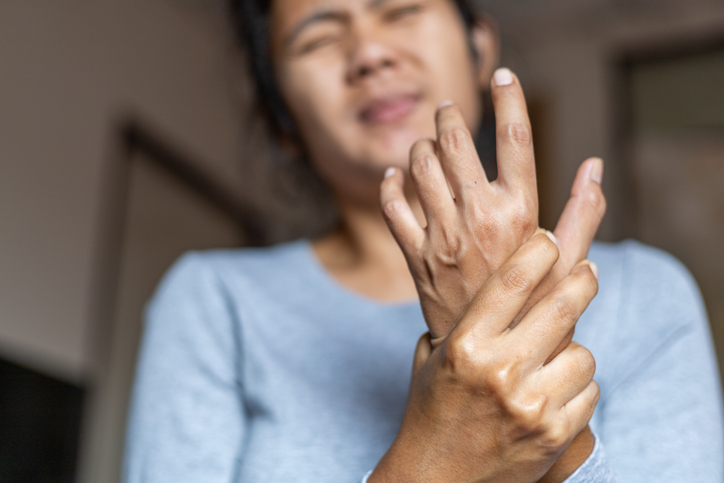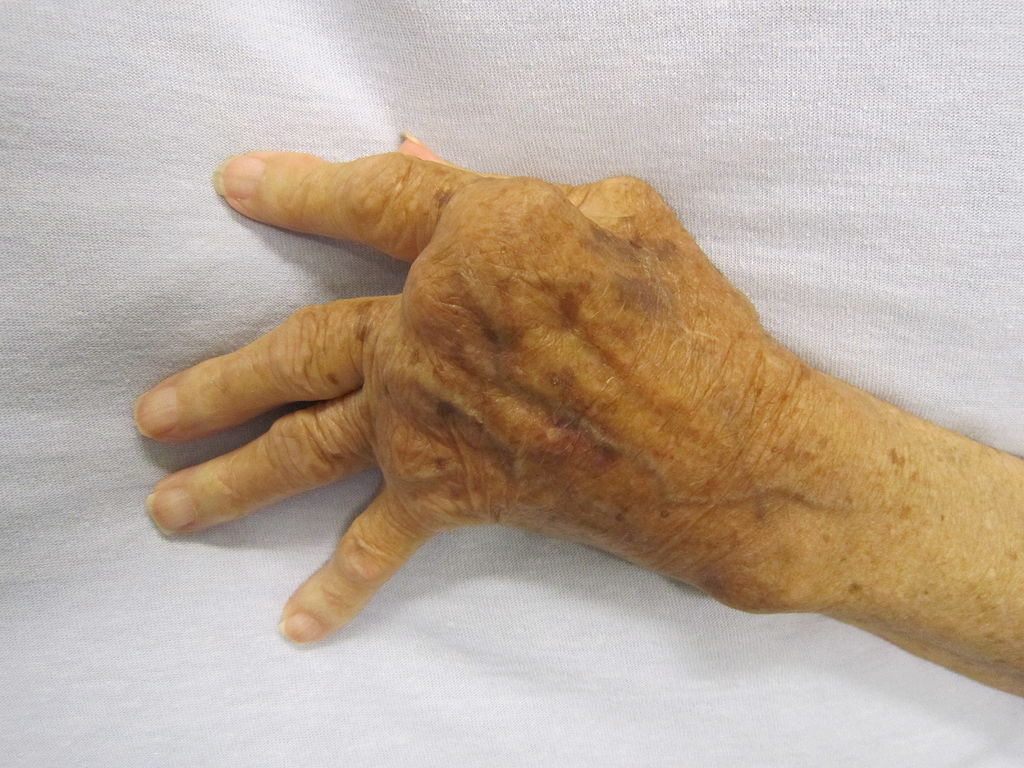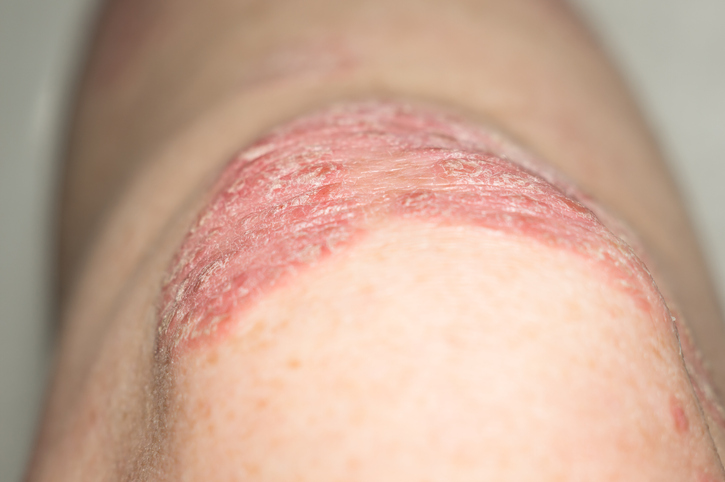Pain
What Is Pseudogout?
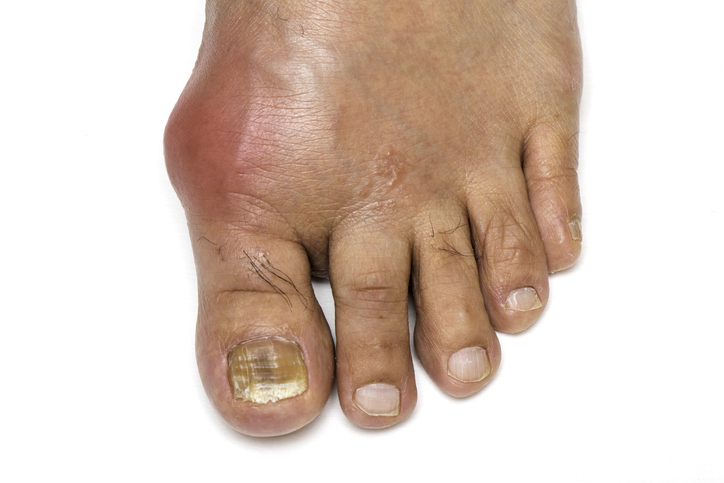
Pseudogout is a form of arthritis that occurs when crystal deposits form in a joint, leading to inflammation and pain. Pseudogout is also known as calcium pyrophosphate dihydrate crystal deposition disease (CPPD) or “false gout.” It is known as pseudogout or “false gout” because of the similarities it shares with gout.
Symptoms
The most common symptoms of pseudogout include the following:
- Sudden, intense joint pain
- Swollen joint(s) that is tender and warm to the touch
- Redness of the skin around the joint
Pseudogout symptoms often occur in only one joint; however, in some cases, it can occur in multiple joints. The knees are the most commonly affected joint, but wrists, elbows, shoulders, or ankles can also be affected. Some individuals may experience a low-grade fever.
Causes
Pseudogout is caused by the abnormal formation of calcium pyrophosphate dihydrate crystals in the joint fluid or cartilage, causing inflammation in the joint. In some cases, the condition appears to be triggered by a joint injury or an illness. In many cases, the exact cause of the crystal formation is unknown. It is also unknown why some individuals with these crystals experience symptoms of pseudogout while others never develop the condition.
Risk factors
Risk factors for developing pseudogout include, but are not limited to, the following:
- 60 years of age or older
- Thyroid condition, parathyroid condition or kidney failure
- Mineral imbalance of iron, calcium, phosphate or magnesium
- A history of joint trauma or surgery
- Family members with pseudogout
- Osteoarthritis
The prevalence of pseudogout increases with age. It affects approximately 3% of people in their 60s, with the prevalence increasing to 50% of people in their 90s.
